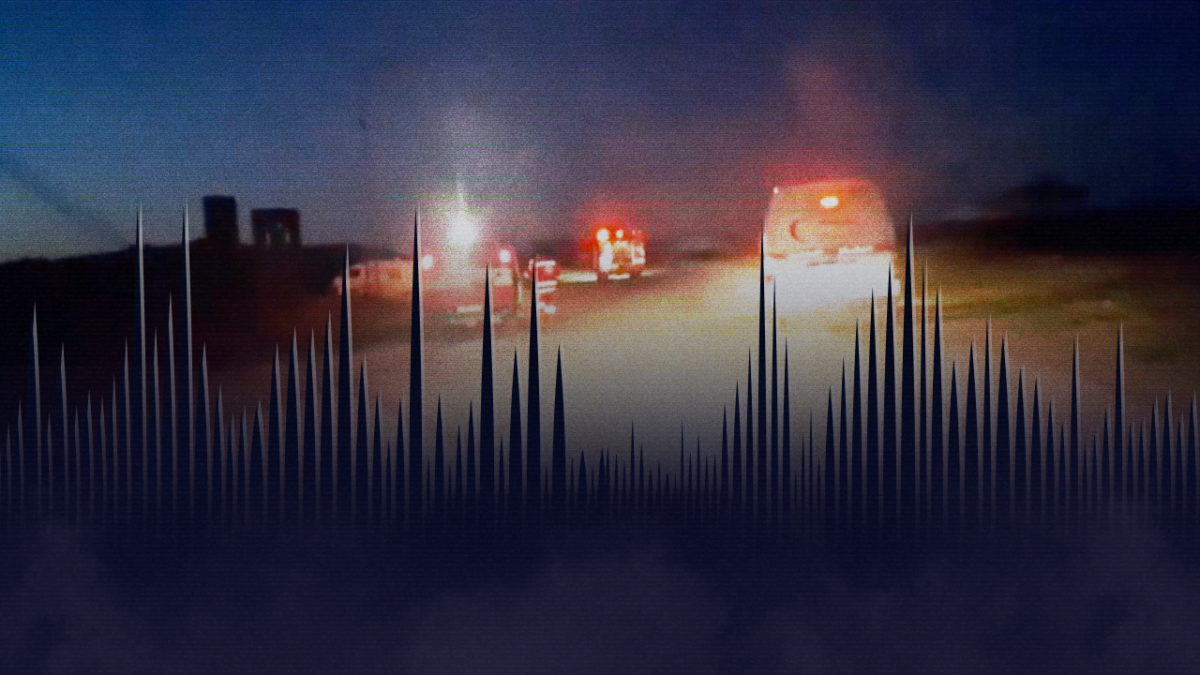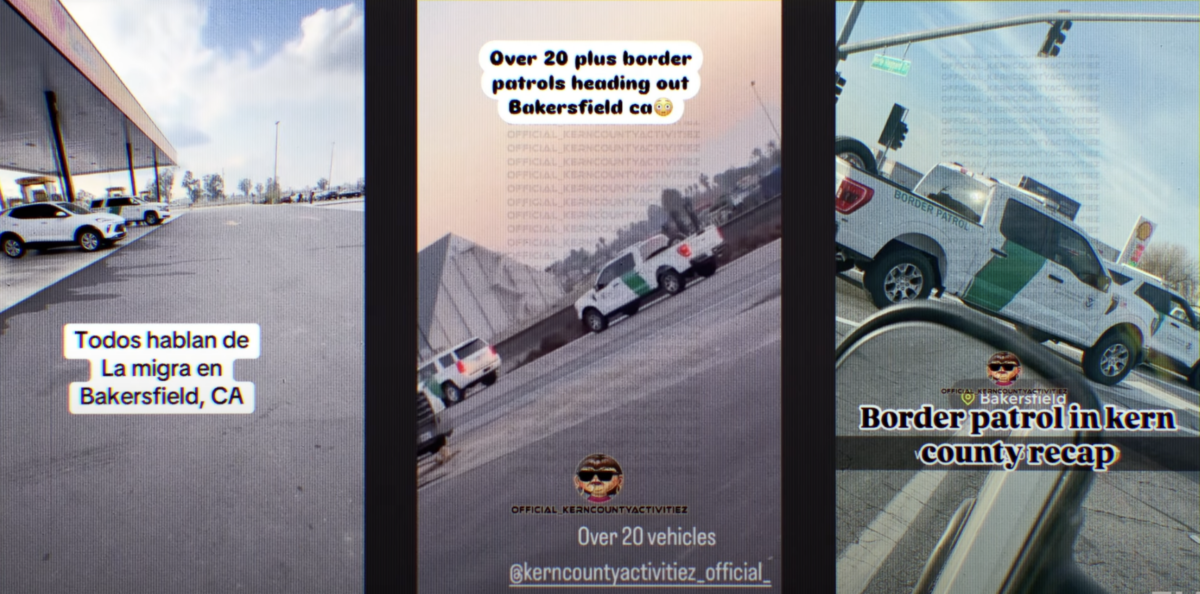Social Media and Conflict Zones: The New Evidence Base For Policymaking
Originally posted on King’s College London’s Policy Institute blog Policy Wonkers.
In recent years, content shared via social media from conflict war zones has allowed us to gain a far deeper understanding of the on-the-ground realities of specific conflicts than previously possible. This presents a real opportunity for providing robust evidence which can underpin foreign and security policymaking about emerging, or rapidly escalating, conflict zones. Despite this opportunity, however, policymakers have generally been slow to adapt to the volume of information disseminated on social media from various armed groups in Syria and slower still to use this as an evidence base for policy generation.
In the case of the Syrian conflict, for example, far more information in the public domain comes not from journalists on the ground (who, it goes without saying face extreme danger in attempting to report from many parts of Syria) but from social media and user generated content online.
In 2012, the video streaming site Bambuser was adopted by groups opposing the Syrian government to livestream videos of protests and violence from across Syria. The situation changed as violence escalated and internet access in opposition-controlled areas became increasingly limited. Today, this means that the vast majority of social media accounts being used by the Syrian opposition are associated with specific locations, media centres, or armed groups. This provides researchers with a real opportunity to understand the actors and events taking place on the ground.
This approach has its advantages: because comparatively few people in opposition areas are using social media, and they tend to be associated with specific groups, it is possible to collect and organise the majority of the social media accounts that are being used in opposition controlled areas. These accounts can be monitored for activity, and cover the majority of information coming from opposition controlled areas through social media. This can provide a detailed and dynamic picture of the conflict as well as a detailed understanding of the various armed groups.
There are challenges in this approach, however. The most obvious, in the Syrian context, is that researchers are limited to what those groups post online – and perhaps more importantly, that this often represents a narrow perspective on the conflict in opposition areas. A second problem is neatly illustrated by the Bellingcat research on the current conflict in Ukraine. Here, the opposite is true: because internet access is not limited, anyone can post anything they like online and they can post to a wider variety of social media sites. Granted, this vast amount of information posted from a huge variety of sources provides a richer picture, but it is also one that is harder to access through the ‘noise’ of other material.
Open source intelligence analysis has the potential not only to inform us about various actors and events on the ground, but also to allow us to piece together disparate pieces of information into a wider, more investigative, piece of research. In Bellingcat’s MH17 investigation, the research team compiled information from dozens of different sources, discovered by searching through thousands of social media accounts from Ukraine and Russia, on a wide variety of social media sites. Using this information it was possible to track the movements of a Buk missile launcher on July 17th through separatist-controlled territory to the likely launch site of the missile that downed MH17. The team was also able to find videos from multiple sources of exactly the same missile launcher travelling as part of a convoy through Russia towards the Ukrainian border a few weeks before MH17 was downed. The evidence was sufficiently robust to allow us to conclude that the Buk seen in Ukraine on July 17th originated from the Russian military.
Our research on the Buk missile launcher demonstrates that not only is there a wealth of largely untapped information available online and especially on social media, but also that a relatively small team of analysts is able to derive a rich picture of a conflict zone. Clearly, research of this kind must be underpinned by an understanding of the way in which content is being produced, who is sharing it, and, crucially, how to verify it – and these are methodological challenges which need to be addressed systematically. Nonetheless, the overarching point is that there is a real opportunity for open source intelligence analysis to provide the kind of evidence base that can underpin effective and successful foreign and security policymaking. It is an opportunity that policymakers should seize.


